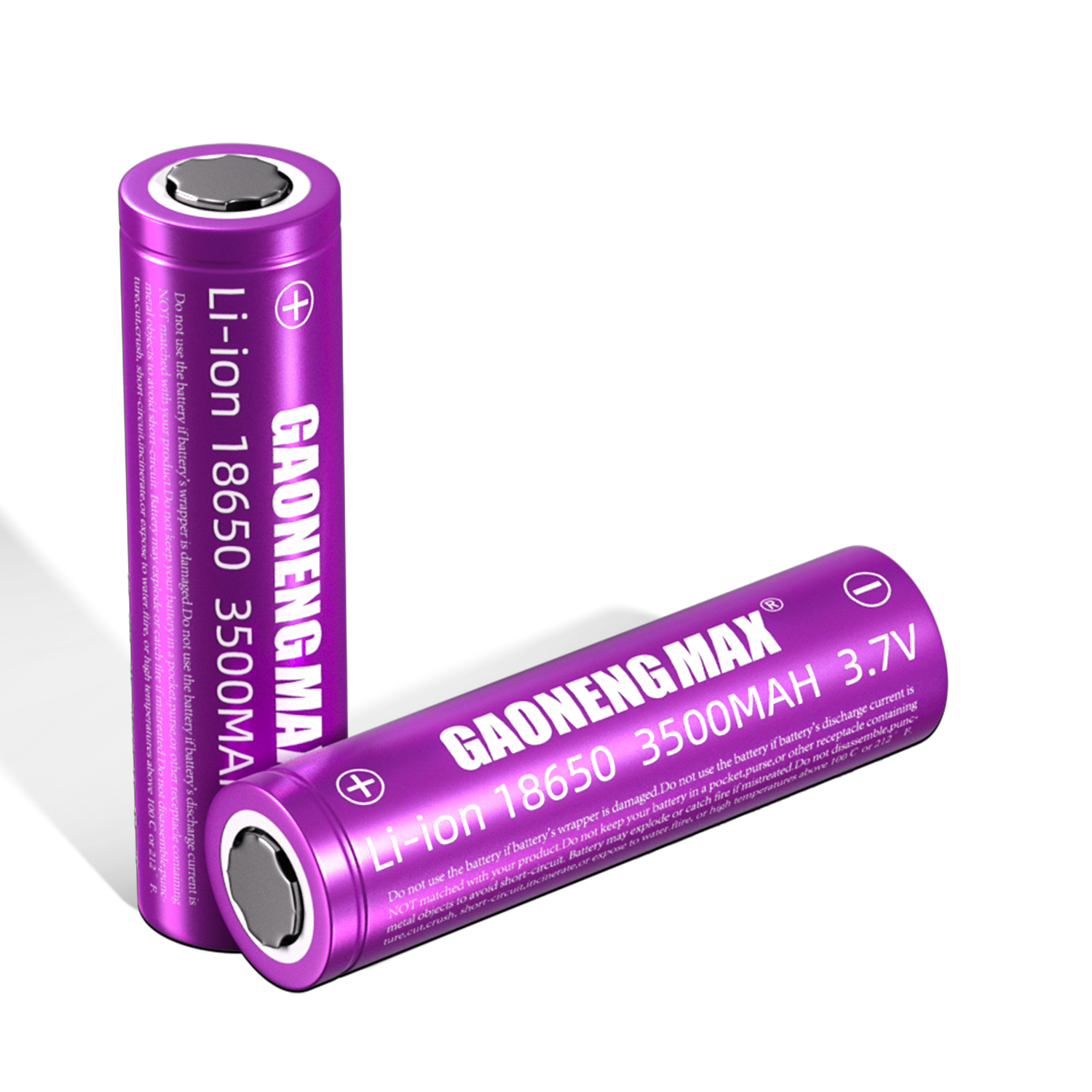

New battery after rechargeable lithium-ion battery: 7 times energy density Compared with existing lithium-ion rechargeable batteries, the energy density of the component is increased by about 7 times, and the cost is reduced to 1/40. This is a policy proposed by the Ministry of Economy and Industry regarding the battery functions of electric vehicles. This is 2
The new battery after rechargeable lithium-ion: 7 times more energy density
Compared with existing lithium-ion rechargeable batteries, the energy density of the module is increased by about 7 times, and the cost is reduced to 1/40. This is a policy proposed by the Ministry of Economy and Industry regarding the battery functions of electric vehicles. This is the policy value for 2030 proposed in the "Recommendations for New Generation Automobile Batteries" report released by the Ministry of Economy and Industry at a seminar in August 2006. Three years after the report was released, it is still considered a roadmap for battery development.
7 times the energy density is very necessary. According to EVs launched in 2009, Mitsubishi sedan's IMiEV has a continuous driving range of 160km, and Fuji Heavy Industries' Subaru plug-in Stella has a continuous driving range of 80km. In 2009, when electric cars were first launched, the intra-city scene made sense. But if all gasoline vehicles are to be replaced in the future, such a function obviously lacks strength. The energy density of this battery is 7 times that of current energy density, at least not 7 times that of lithium-ion rechargeable batteries. Only using triangular combinations such as negative electrode LiC6 (embedded lithium graphite), LiCoO2 (lithium cobalt oxide) or LiMn2O4 (lithium manganese oxide), and electrolyte (organic solvent), no matter how improved, it cannot escape the constraints of the data itself. The above three types of data have theoretical limitations, so it is useless to achieve leapfrog.
To break this barrier, research is underway to develop batteries that exceed the limits of lithium-ion rechargeable batteries. The aim is to break the triangle combination in one corner and make the functionality significantly advance. Examples include lithium-ion rechargeable batteries using ionic liquids, all-solid-state lithium-ion rechargeable batteries, and lithium-air batteries. Currently, research institutions such as Osaka Prefecture University, Kansai University, Industrial Technology Induction Research Institute, and Electric Power Center Research Institute are developing this kind of battery. The company is not yet a significant player. However, there are also many car manufacturers interested in cooperating with these seminar organizations. Meanwhile, Toyota announced that it has begun joint discussions with Osaka Prefecture University. In today's lithium-ion rechargeable batteries, the root of the problem lies in the use of organic solvents in the electrolyte. Organic solvents can easily catch fire or leak. While lithium itself is risky, organic solvents can cause trouble. Otherwise, the presence of solvent will dilute the electrolyte. It is ions that perform the work, so the remaining solvent will cause obstacles to the work, thereby dragging down the functional indicators and making it difficult for the energy density to reach 7 times.

Popular recommendation
r6 battery!Yasong New Energy breaks through the bottleneck of traditional charging technology
2023-10-08LR1130 battery.Wireless charging is often exposed to the basic physical knowledge of the two technol
2023-10-08AG Coin battery
2022-06-18The development trend of China's lithium battery recycling market
2022-06-17603450 polymer battery.New progress in alkaline zinc-iron flow battery research
2023-10-09701224 polymer battery.Coating technology puts a safety coat on button batteries
2023-10-09AG4 battery.BMW announces innovative battery technology in 2026 using solid electrolyte
2023-10-14Ni-MH battery pack.Introduction to vacuum distillation recovery technology of scrap nickel-cadmium b
2023-10-09What should I pay attention to when using lithium battery in RV
2022-11-04AAA NiMH batteries.Principle and technology of nickel-cadmium battery
2023-10-09Introduction to lithium battery
2022-11-28AAA Carbon battery!C UPS uninterruptible power supply solution on the highway
2023-10-08